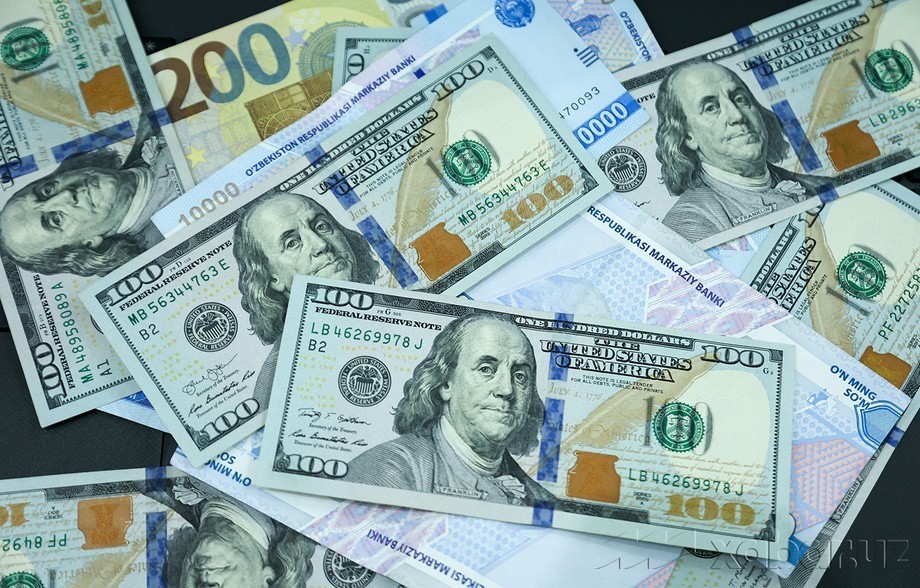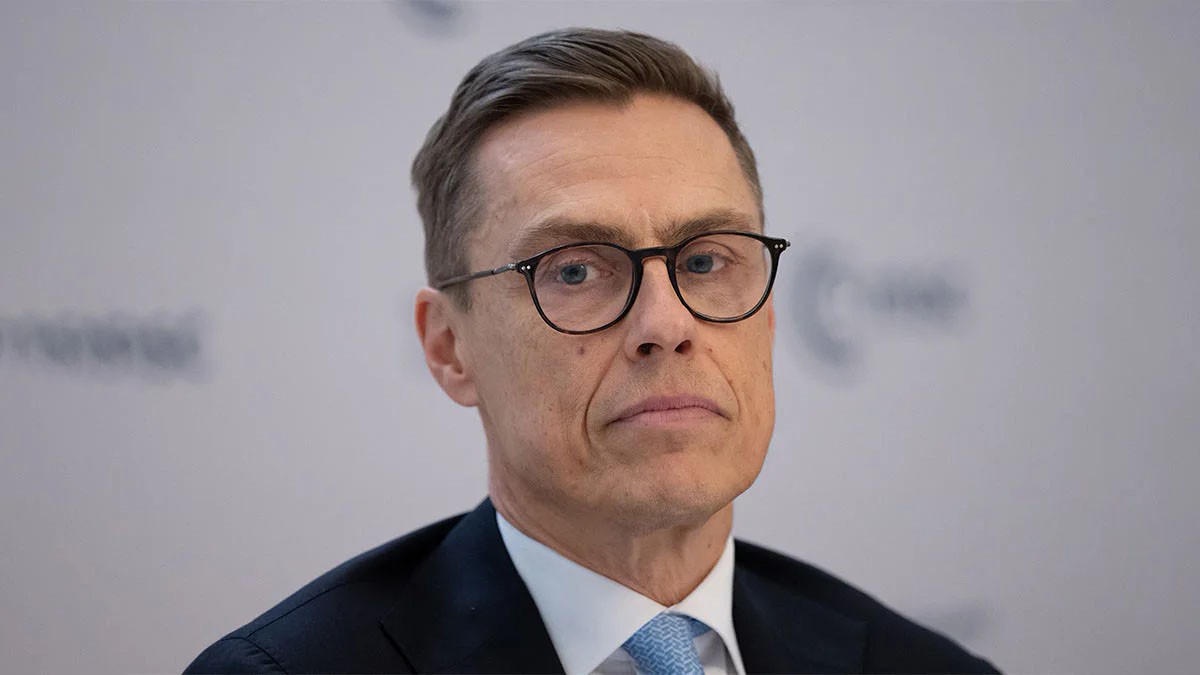The Swiss National Bank (SNB) on Thursday cut its key interest rate by another 25 basis points to 0%, adding to concerns about a possible return to negative interest rates.
This decision was largely expected: markets estimated that the probability of a quarter-percentage-point decline was about 81%, and a half-percentage-point decline was about 19%.
"Inflationary pressures have decreased compared to the previous quarter. With today's monetary easing, the SNB is responding to this decline, " the regulator said in a statement.
The Bank stressed that it will continue to monitor the situation closely and will adjust policy if necessary to ensure that inflation remains within the limits consistent with price stability in the medium term.
While other countries continue to struggle with inflation, Switzerland faces deflation: in May, consumer prices fell by 0.1% in annual terms.
SNB Chairman Martin Schlegel said that " the current negative inflation rate is not a reason for us to cut rates. The medium-term perspective is more important for us." According to him, individual negative indicators in the short term "do not matter much".
The SNB on Thursday also lowered its inflation forecasts: in 2025, it is expected to reach 0.2% on average for the year, and in 2026 — 0.5%. The Bank noted that the overall economic outlook for Switzerland remains uncertain, and external factors remain the main risk.
Low inflation is not unusual for Switzerland — the country has already experienced several periods of deflation in the 2010s and 2020s. The strong Swiss franc plays a significant role in this.
"As a safe-haven currency, the Swiss franc tends to strengthen during periods of global market tension," said Charlotte de Montpellier, senior economist for France and Switzerland at ING. This leads to a decrease in the cost of imported goods, which puts pressure on inflation in a country where imports make up a significant part of the consumer basket.
Against the backdrop of high global uncertainty, the franc continues to strengthen and is projected to grow further, creating additional challenges for the SNB. To contain the appreciation of the currency, the bank is trying to keep rates "systematically lower than in other countries," de Montpellier explained.
After the rate decision, the franc strengthened, while the US dollar remained unchanged against the Swiss currency.
Will negative rates return?
Capital Economics Europe economist Adrian Prettejohn told CNBC that he expects a rate cut to -0.25% this year and doesn't rule out further policy easing if inflationary pressures don't start to pick up. According to him, the rate may reach -0.75% — the level that was observed in the 2010s.
Martin Schlegel noted that it is currently impossible to predict the future trajectory of interest rates. The SNB's next rate decision is scheduled for September. At the same time, he stressed that switching to negative rates will not be an easy decision, as this entails difficulties and side effects. "The threshold for moving into the negative zone is significantly higher than for simply lowering the rate in the positive zone," he added.
According to Prettejohn, lower rates put pressure on the currency, reduce the cost of borrowing and encourage investment. At the same time, negative interest rates are associated with a number of risks, including losses for depositors and a decrease in the profitability of bank loans.
Charlotte de Montpellier said negative interest rates could "distort financial markets, squeeze bank margins and raise concerns about long-term financial stability."











